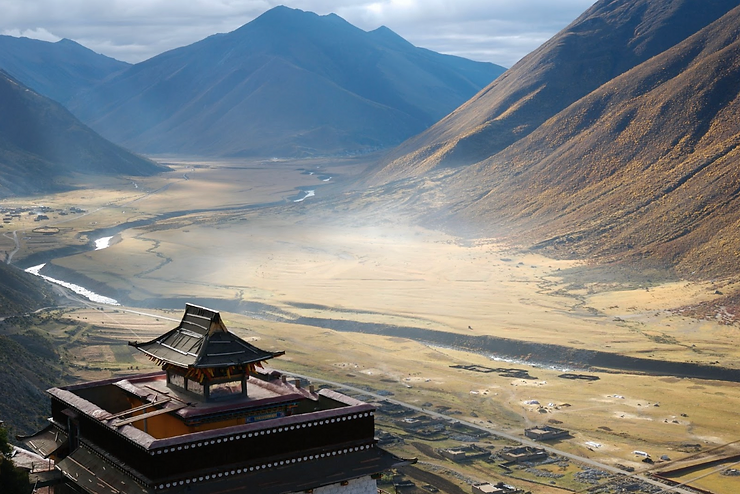In 1959, following China’s invasion of Tibet, the Dalai Lama and his followers sought refuge in India, where they were welcomed by then-Prime Minister Jawaharlal Nehru. Over the years, many Tibetans have migrated to India, reaching a population of 150,000 by 2011. However, a recent survey conducted by the United Nations High Commissioner for Refugees (UNHCR) in collaboration with the Ministry of Home Affairs (MHA) revealed that as of April 2022, only 72,312 Tibetans remain in India. This decline in Tibetan residency in India must be understood within the context of India’s current refugee policy, given that the Tibetan community has been established in India for over six decades.
According to Everett Lee’s Push-Pull theory, India was viewed as the most favorable destination for Tibetan migration due to various ‘push’ and ‘pull’ factors. The Chinese invasion of Tibet served as a significant push factor, while the appeal of proximity and enhanced educational and economic opportunities acted as key pull factors. Additionally, Jawaharlal Nehru’s compassion and India’s sympathy towards Tibetans played crucial roles. Nehru’s concern stemmed partly from his earlier criticism for his passive stance on the Tibet issue, which was seen as a softer approach in India’s foreign policy, particularly after China gained Permanent Membership in the United Nations Security Council.
Following the granting of asylum to the Dalai Lama in 1959, Tibetans became an integral part of India’s domestic and foreign policies during the 1960s. According to the Dalai Lama, Tibetans are among the most successful refugee communities. This success can be attributed to various factors, including political support from the Indian government, as evidenced by Nehru’s public statements expressing India’s sympathy for Tibetans and the allocation of land for Tibetan settlements. Sociological reasons also contribute to their success, such as the efficient leadership structure and efforts to preserve Tibetan culture within designated settlements managed by the Ministry of Home Affairs and the Central Tibetan Administration.
However, the recent decline in the Tibetan population in India is concerning. Pull factors, such as better opportunities abroad and increasing global awareness of Tibetan culture, contribute to this trend, while push factors include rising unemployment and India’s wavering commitment to the Tibetan cause. A significant issue lies in the official classification of Tibetans as ‘foreigners’ rather than ‘refugees’ under India’s refugee policy.
India, although not a party to the 1951 Refugee Convention, acknowledges the UNHCR’s mandate and grants asylum to a considerable number of refugees. However, the lack of a national refugee protection framework hampers the recognition of Tibetans as refugees. Despite this, the Indian government introduced the Tibetan Rehabilitation Policy in 2014, offering various benefits to registered Tibetans, including land leases and employment opportunities. Nonetheless, awareness among Tibetans about these provisions remains limited.
The current generation of Tibetans in India seeks a higher standard of living compared to their predecessors, who prioritized safety from Chinese oppression. Consequently, many Tibetans have emigrated to countries like the USA, Canada, and France. However, they remain committed to the cause of a free Tibet and strive to preserve their culture while maintaining ties with India. Although they have the option to apply for Indian citizenship, many hesitate due to concerns about losing their cultural identity and the benefits provided by the Central Tibetan Administration.
To address these challenges, the Indian government must focus on mitigating push and pull factors while also resolving the identity crisis faced by Tibetans. Legal provisions should be enacted to safeguard their historic relationship and harmonious coexistence with the Tibetan community in India.








